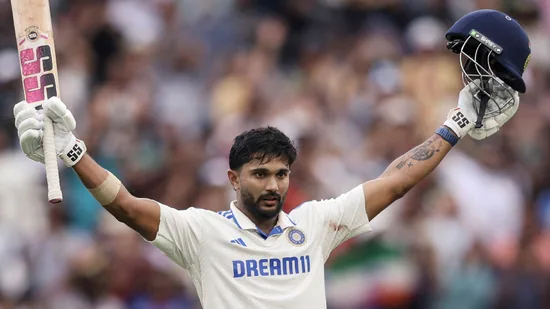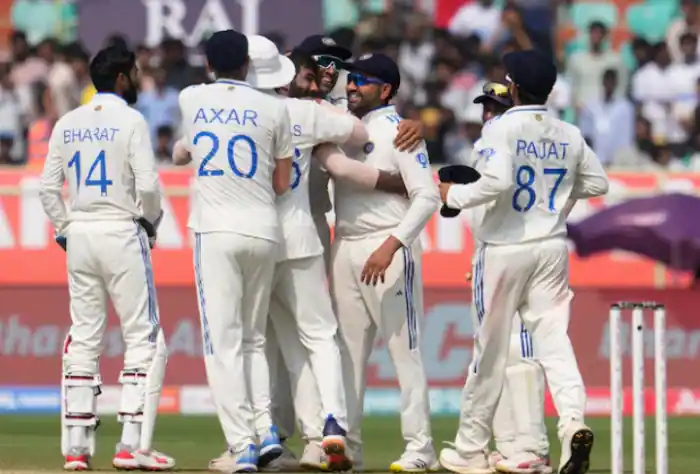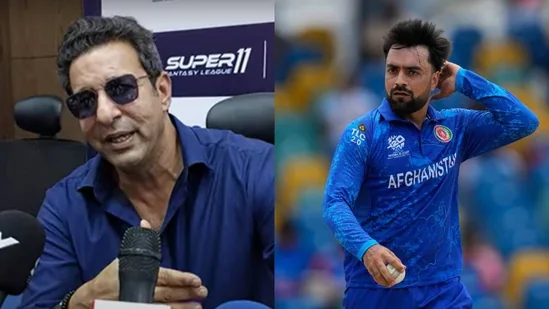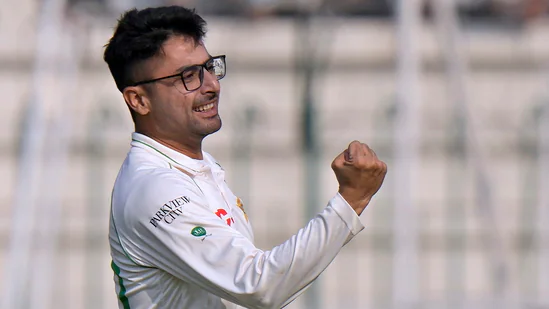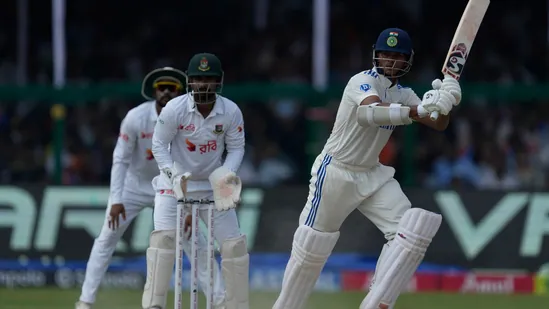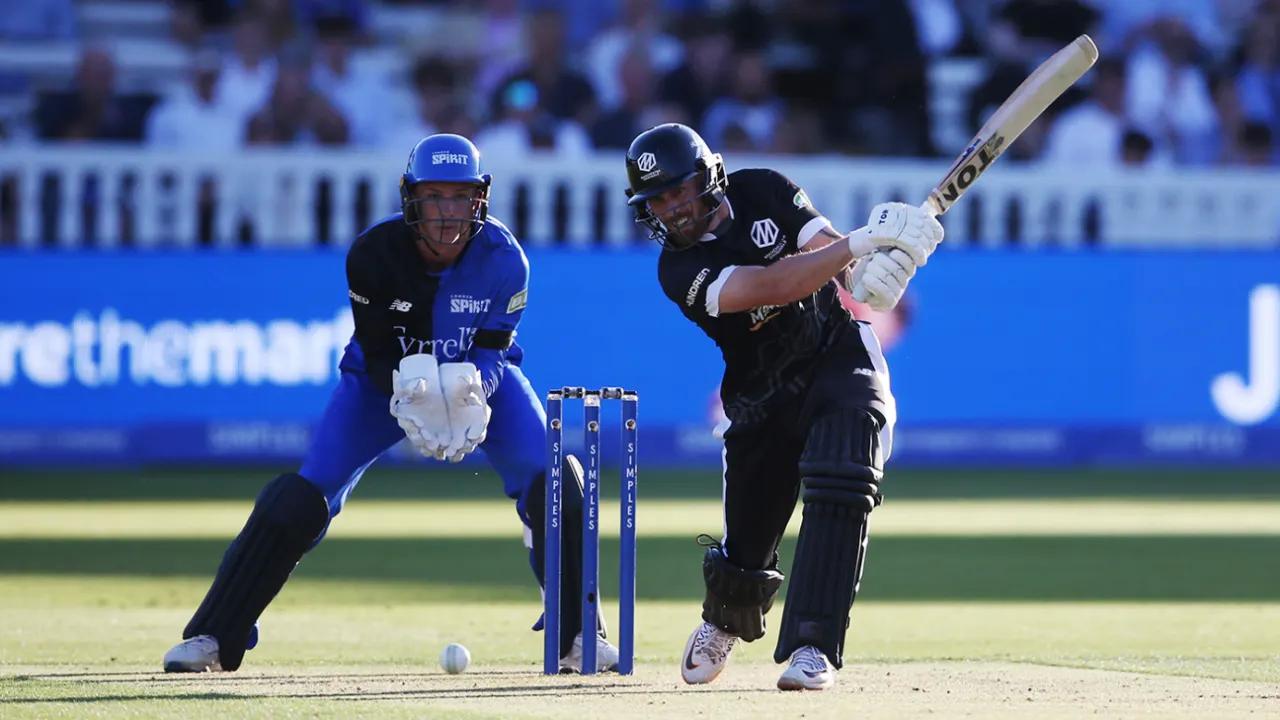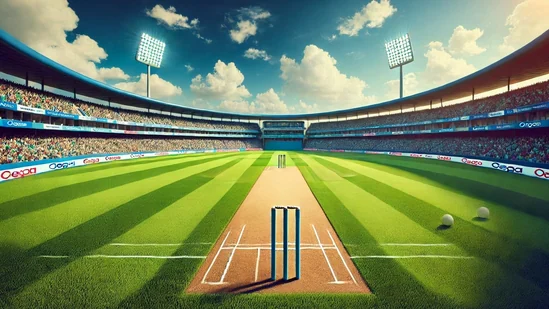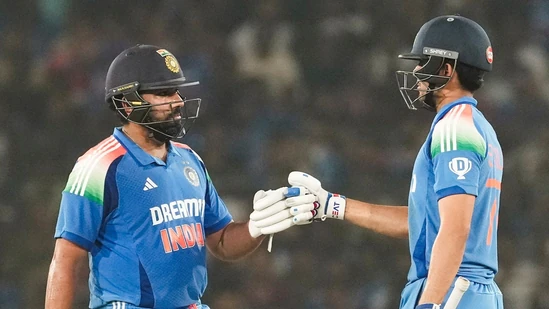SA's late dash exposes WTC's flaws
Cricket South Africa recognized the early signs of change and took action by revamping their Test roster and launching SA20, their exciting new T20 league. With the declining interest in Test cricket, South Africa bravely faced their challenges with a makeshift squad and captain during the World Test Championship (WTC) cycle. Despite starting with three losses in four Tests, including a tough 0-2 series defeat against New Zealand, the Proteas have surprised many by becoming strong contenders for the WTC final. Just one win in the upcoming 2-Test home series against Pakistan could see them achieve their dream of reaching the maiden WTC final.
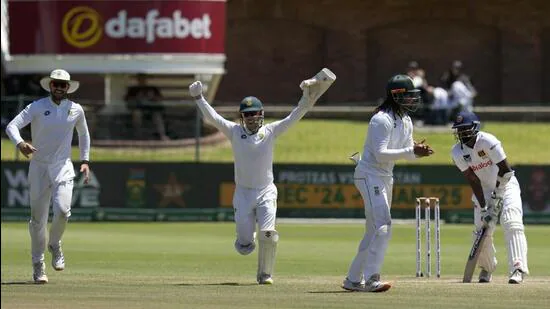
As remarkable as South Africa’s late winning run has been, it shows up imperfections in the WTC structure. Only the other day, England captain Ben Stokes cried foul of the inequal world over over-rate penalties, arguing that teams playing on spin-friendly wickets have a distinct advantage. South Africa – they would have played 12 Tests – the joint fewest (with Bangladesh) among the nine competing nations; ten fewer than England, seven fewer than India and Australia, but their higher average winning percentage will see them through.
In theory, the International Cricket Council (ICC) improved the qualification criteria by making every Test contextual. But the percentage system is unable to cover for the imbalance created by unequal distribution of Tests. It’s far easier for South Africa to accumulate enough percentage points over six 2-Test series than it is for England, Australia and India, who play two 5-Test series, one of it away from home.
“It probably does help a little bit. It’s probably easier to win a two-Test series than it is to win a five-Test one, you know, in terms of percentages,” former South Africa captain Graeme Smith recently said.
This point is heightened when you factor in historical evidence of the ease of winning a shorter home Test series and accumulating full points. As luck would have it, South Africa has two sub-continental visiting sides – Sri Lanka and Pakistan – to face towards the backend. Sri Lanka gave an improved account in the second Test, but the South African pitches proved too spicy for them to stage an upset in two attempts.
“Look, it’s a great story for South African cricket. I wouldn’t say we’re the best Test side in the world if you look on a consistent basis, but the storyline is that we’re competing. We’ve had a good period there. And if we can have a good home summer, there’s an opportunity to be in another final. That’s great for South African cricket,” Smith said.
Unless South Africa get pushed over by Pakistan, they will make the final. But wouldn’t it be ironical that their pathway to booking the ticket to Lord’s is a distinctly easier one compared to the Big Three nations – India, England and Australia? For all their financial might in being able to stage well-marketed marquee Test series, these matches are leaving the Big Three with a hard end of the bargain to win the WTC mace.
“I can’t remember if I’ve ever even given any real time to be specifically thinking about the World Test Championship to be honest, because it’s utterly confusing. We play a lot more cricket than anyone else does. You know, if we play well, we’ll be there or thereabouts. But if we don’t, then we won’t be,” Stokes said.
The England team may be playing to the gallery and making loud statements, but their argument has some merit. No one quite seems to know how to ensure fair play within the WTC framework.
The final equation
South Africa’s win against Sri Lanka leaves only India and Australia with a realistic chance of becoming the other finalist. Sri Lanka only have an outside chance, left to blank Australia 2-0 and hope that the Proteas lose 0-2 to Pakistan. If India have to make the final without relying on other results, they must win all the remaining three Tests in Australia.
Stay informed with the...RELATED STORIES
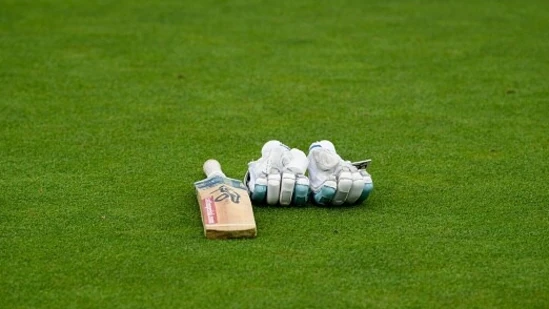
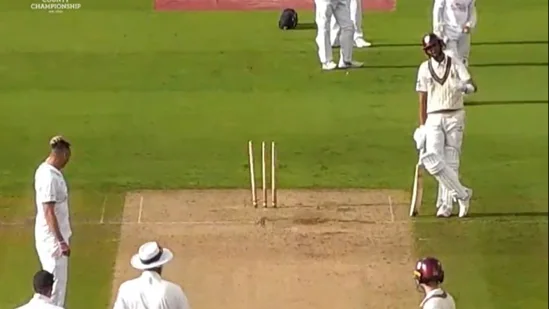
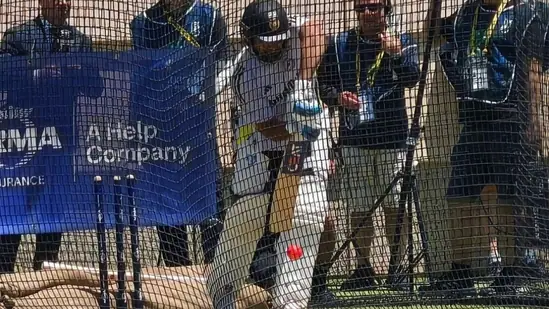
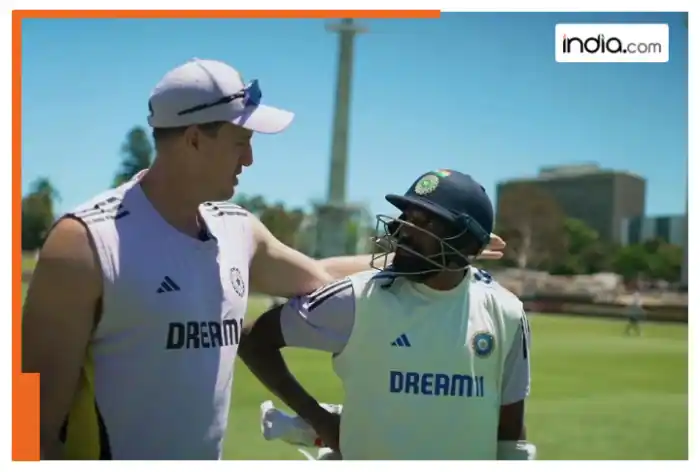
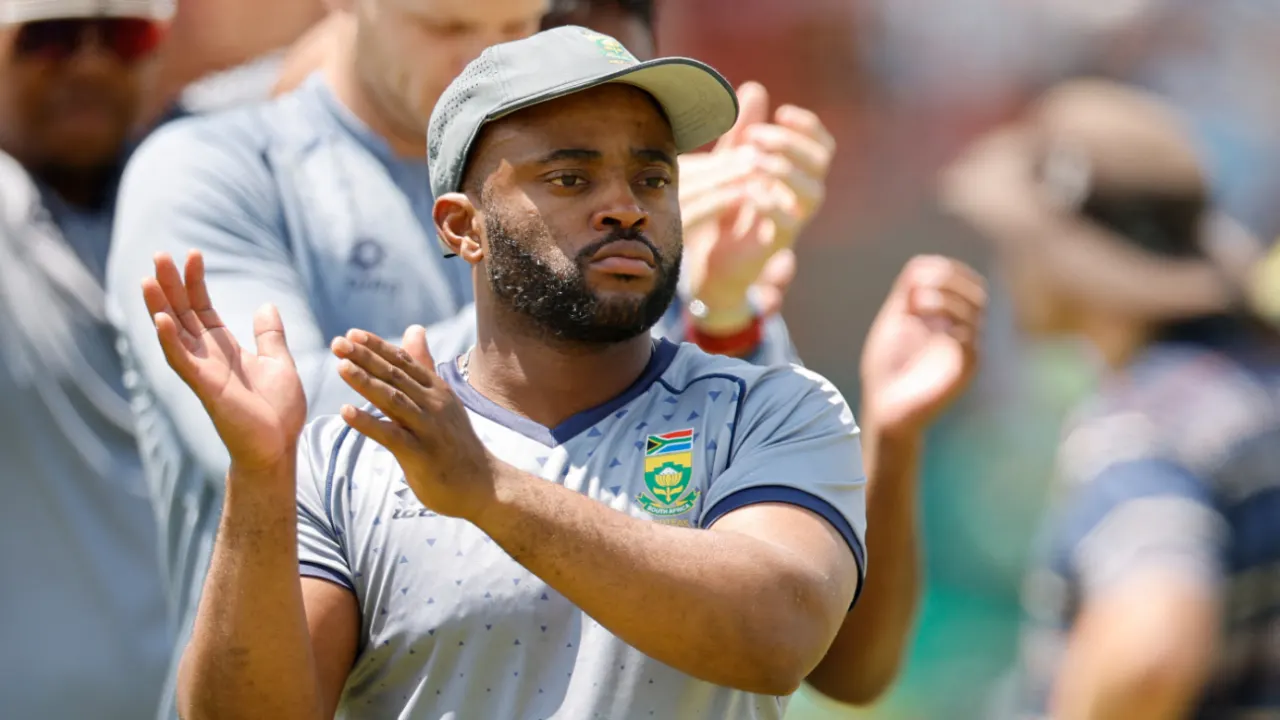
LATEST NEWS
